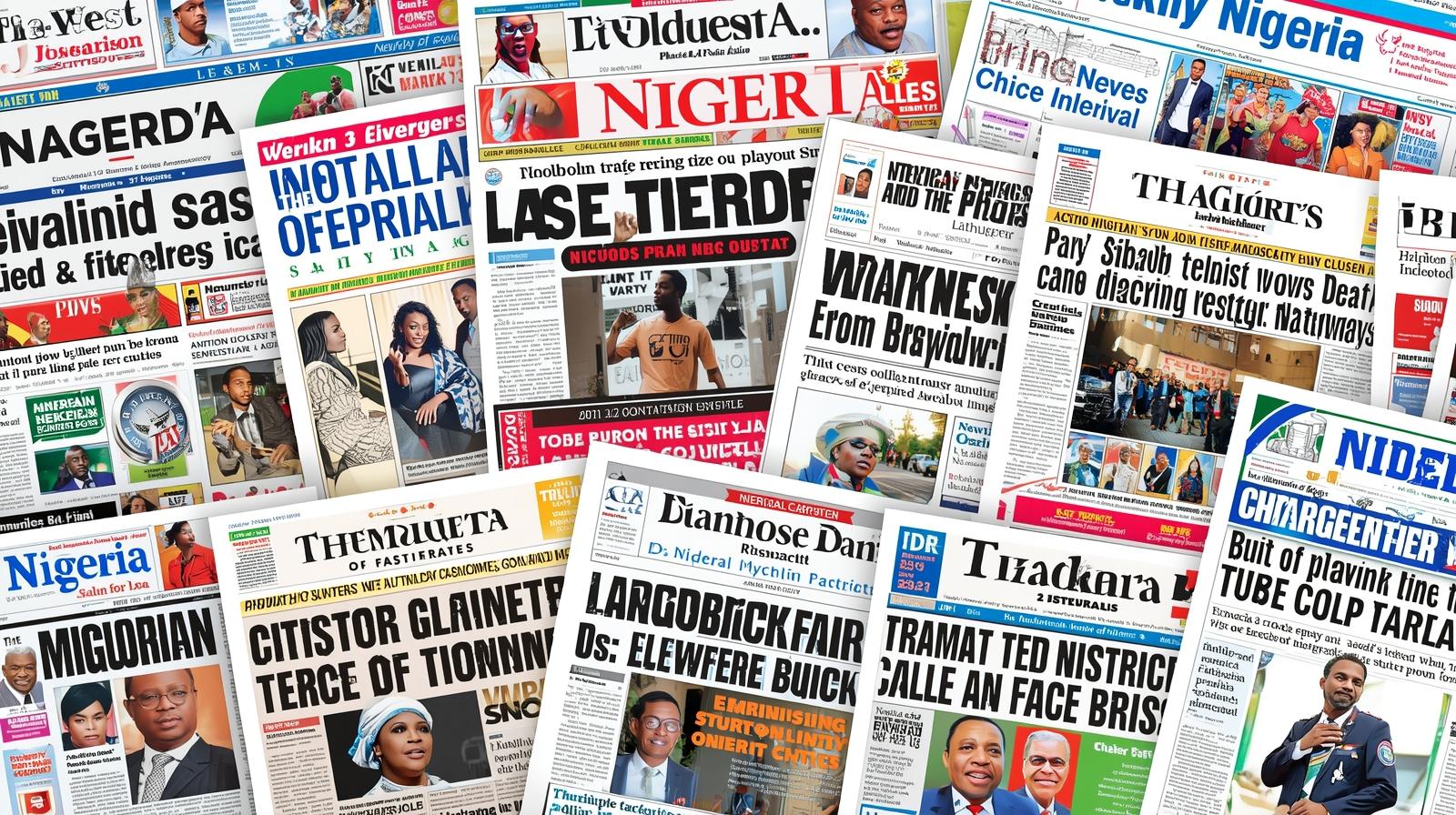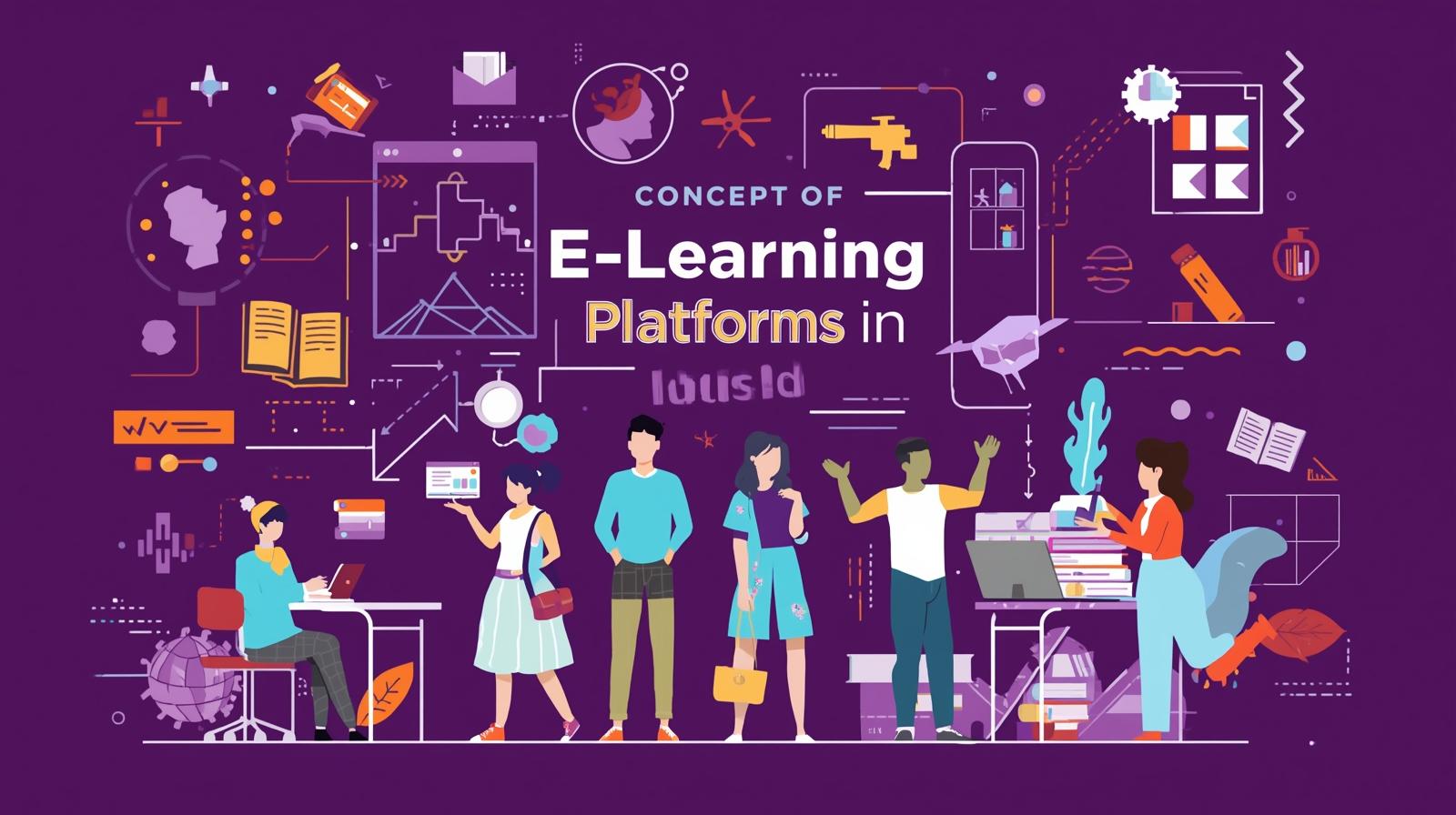At Nigeria Journal, we constantly explore emerging technologies that are reshaping the global landscape. One of the most fascinating advancements redefining industries today is Generative & Multimodal AI. This branch of artificial intelligence is revolutionising how we create, communicate, and consume digital content across multiple platforms.
Generative & Multimodal AI combines the ability of machines to generate original text, images, video, and music with the capacity to understand and integrate multiple data types at once. It is not just a futuristic concept but a rapidly growing force driving transformation in education, healthcare, entertainment, and countless other sectors.
Understanding Generative & Multimodal AI in Depth
Generative AI refers to systems capable of producing new content such as articles, images, code, and designs based on training data. Multimodal AI, on the other hand, integrates different data formats such as text, audio, visuals, and sensor inputs, allowing machines to process and respond to information more like humans. When combined, these two fields create a technology capable of producing intelligent, adaptive, and highly interactive outputs across various contexts.
Why Generative & Multimodal AI Matters Today
Generative & Multimodal AI matters because it mirrors human communication and creativity. People rarely process information in a single mode. We listen, read, see, and feel simultaneously. Machines that understand multiple data types can better align with human needs. This is why industries are racing to integrate these systems into everyday applications.
Key Features Driving Adoption of Generative & Multimodal AI
Cross-Domain Creativity
These systems can compose music, draft detailed reports, generate photorealistic images, and even design prototypes, making them versatile tools for innovators.
Contextual Understanding
Multimodal systems interpret combined signals—such as video, speech, and text—leading to more accurate and human-like responses.
Personalisation
AI-powered platforms adapt to individual user needs, whether it’s learning preferences in education, tailored recommendations in entertainment, or precision care in healthcare.
How Generative & Multimodal AI Works
Generative & Multimodal AI leverages deep learning models trained on massive datasets. Here’s a simplified flow:
| Stage | Description |
| Data Collection | Gathering multimodal data such as text, images, audio, and video |
| Training | Feeding the data into large neural networks for pattern learning |
| Generation | Producing new and unique outputs such as designs, speech, or visuals |
| Adaptation | Refining outputs using feedback for accuracy and relevance |
Applications Across Industries
Healthcare Innovations
Doctors use multimodal systems to analyse medical images alongside patient records. This creates accurate diagnostics and personalised treatment plans.
Education Enhancement
Students can access immersive learning experiences through interactive lessons that combine text, audio, and visual aids generated by AI.
Entertainment Transformation
Movies, video games, and music are being powered by AI-generated scripts, soundtracks, and visual effects, revolutionising creative industries.
Business Intelligence
Companies analyse multimodal data from social media, customer reviews, and product usage to improve services and forecast trends.
The Role of Generative & Multimodal AI in Nigeria
For nations like Nigeria, this technology holds transformative potential. By merging innovation with local challenges, it can provide:
- Smart healthcare solutions for rural areas
- AI-driven education tailored to local languages
- Business tools for entrepreneurs seeking global reach
- Creative opportunities for artists, musicians, and filmmakers
Advantages of Embracing Generative & Multimodal AI
Accessibility and Inclusivity
AI-powered tools can bridge language barriers, improve accessibility for the visually or hearing impaired, and foster inclusion in digital spaces.
Efficiency and Productivity
Automated processes cut down time for tasks such as research, report writing, and content creation, boosting productivity across industries.
Innovation and Growth
Businesses can develop innovative products and services at scale, opening new opportunities for growth in competitive markets.
Challenges and Concerns
Ethical Dilemmas
The ability to generate lifelike content raises concerns about misinformation, deepfakes, and intellectual property rights.
Data Privacy Issues
Multimodal systems rely on large datasets that may include sensitive information, demanding strict privacy protections.
Skill Gaps
Widespread adoption requires skilled professionals to design, manage, and regulate AI systems, highlighting the need for education and training.
Steps to Implement Generative & Multimodal AI
Identify Business Needs
Organisations must first determine where AI integration will create the most impact, whether in customer service, healthcare, or creative industries.
Develop Ethical Guidelines
Establishing rules around transparency, fairness, and accountability ensures responsible use of AI systems.
Invest in Infrastructure
Strong computing power and secure data systems are essential to support advanced AI models.
Continuous Training and Adaptation
Systems should evolve through feedback loops to remain accurate, reliable, and aligned with user needs.
Comparing Traditional AI and Multimodal AI
| Aspect | Traditional AI | Generative & Multimodal AI |
| Data Processing | Single-mode | Multiple modes simultaneously |
| Creativity | Limited | High, capable of generating original content |
| Contextual Awareness | Basic | Advanced, integrates diverse data sources |
| Interaction Quality | Low | Human-like, adaptive, and responsive |
| Application Scope | Narrow | Broad across multiple industries |
Future Prospects of Generative & Multimodal AI
The future of this technology is limitless. From creating fully immersive virtual environments to driving autonomous vehicles that understand complex surroundings, generative and multimodal systems are set to redefine digital interaction. As these systems mature, they will likely become part of daily life, guiding everything from communication to commerce.
Frequently Asked Questions
What is Generative & Multimodal AI in simple words?
It is AI that can create original content and process multiple data types like text, audio, and visuals simultaneously.
How is this technology different from traditional AI?
Unlike traditional AI, which focuses on a single type of data, multimodal systems integrate multiple inputs for richer and more accurate results.
Where is Generative & Multimodal AI being used today?
It is used in healthcare, education, entertainment, business, and creative industries.
Is Generative & Multimodal AI safe to use?
Yes, but like all technologies, it requires strong ethical guidelines, privacy protections, and proper regulation.
Can Generative & Multimodal AI benefit developing countries?
Absolutely. It can provide innovative solutions in healthcare, education, and business, making advanced services more accessible.
Conclusion
Generative & Multimodal AI is more than a technological advancement; it is a transformative force shaping the way societies function. At Nigeria Journal, we believe its potential lies not just in global industries but also in addressing local challenges.
By embracing this technology responsibly, nations and businesses can unlock new horizons of growth, inclusivity, and creativity. The journey of generative and multimodal systems is only beginning, and its influence will continue to expand across every sector of human life.








